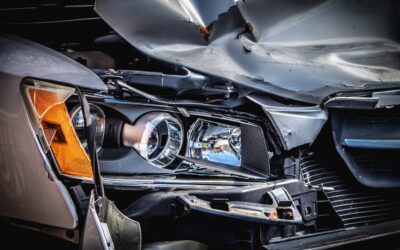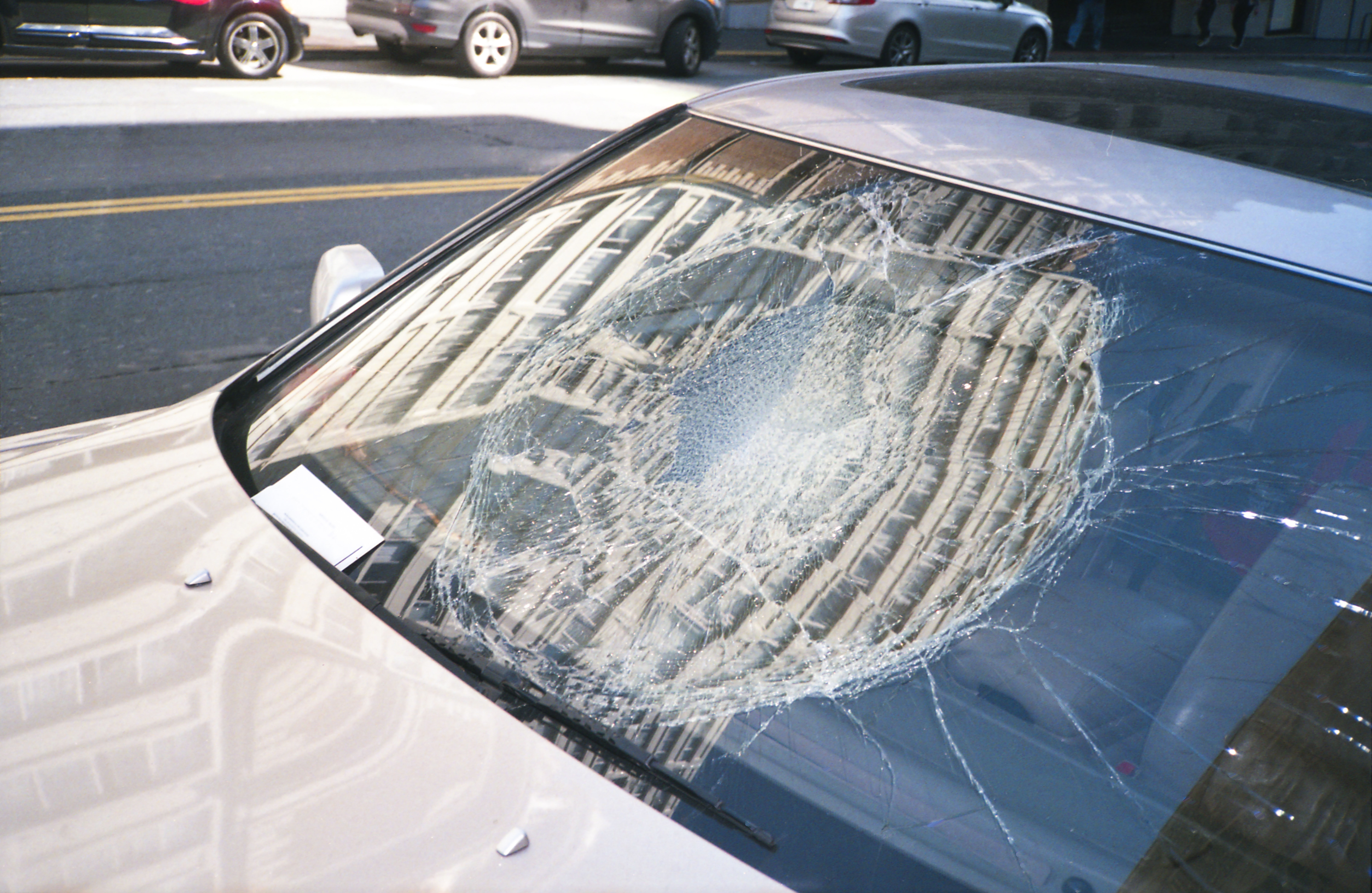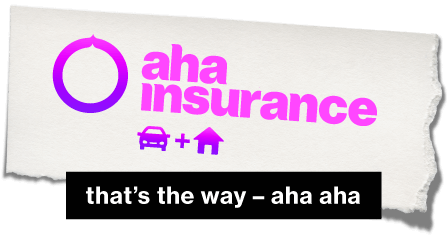Imagine spending your savings and time replacing your aging roof just to have the large maple tree in your backyard come through it during the winter. What do you do? Start saving all over again? Of course not.
That’s when all-risk insurance comes into play on your home policy.
What is all risk insurance?
All risk insurance protects your home and property from what we in the biz call “risks and perils.” It covers property damage or loss arising from accidents or unforeseeable incidents except for those that are specifically excluded.
All risk is one of two types of home insurance; the other is known as a “named perils” policy. The main difference is that a “named perils” policy only covers potential instances that are listed (anything else isn’t covered), whereas an “all risk” policy covers just about everything except for specifically named exceptions—everyone needs to read their policies carefully.
Remember that all risk insurance tends to be more expensive, as it’s the most comprehensive kind of property coverage available (it might even be mandatory for your mortgage conditions).
What’s covered by all risk insurance?
When we talk about perils and risks, we are usually referring to things like these.
- Water damage.
- Frozen or burst pipes.
- Sewer backup damage (usually—check your policy carefully, though!).
- Smoke and fire damage.
- Lightning strikes.
- Windstorms and hail.
- Falling objects.
- Theft.
- Vandalism.
- Ice, snow, or sleet.
- Impact by vehicles, watercraft, or aircraft.
- Civil disturbances or riots.
- Accidental damage from electrical current.
Even though it’s called “all risk” insurance, some kinds of coverage are still considered separate. Overland water coverage and earthquake coverage don’t usually exist in all risk policies unless you elect to purchase that coverage separately because insurance for natural disasters in Canada is relatively expensive. If they’re not covered then they would be named as exclusions—all the more reason to read the fine print carefully.
It’s also worth mentioning that personal injuries occurring on your property will always be covered under your personal liability insurance coverage, and someone would only make a successful claim that way if the homeowner could be shown as negligent. All risk insurance covers property, not liability issues.
Always consult your policy to see what’s included and what isn’t. Remember that every provider and policy is different.
What isn’t covered by all risk insurance?
Exclusions, which are specific events that are mentioned in the contract, are fairly common despite the all risk name. That’s the reason you will sometimes see all risk insurance called comprehensive insurance or even an “open peril” policy once in a while.
Here are some of the most common exclusions:
- General wear and tear.
- Nuclear incidents.
- War.
- Damage as a result of acts of terrorism.
- Pest damage (i.e. rodents and termites).
- Shifts in the earth causing things like cracks in the foundation.
- Pollution.
- Market loss.
- Mechanical breakdown.
- Employee theft.
- Boiler explosion.
- Overland water (flooding).
- Earthquakes.
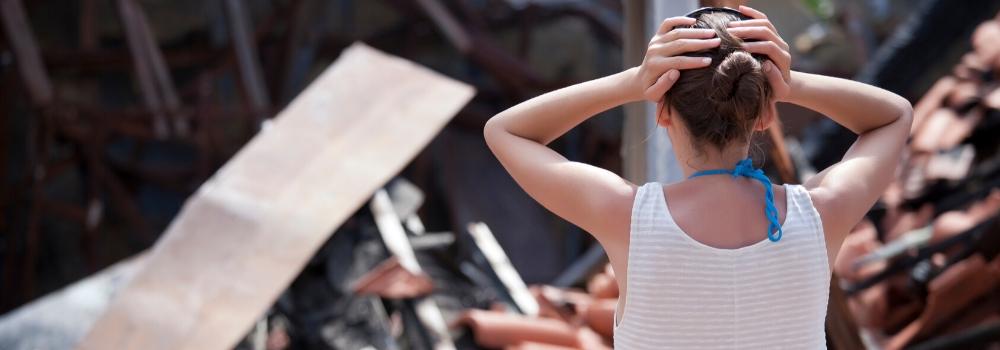
What if I want coverage of an exclusion?
When you add something to your policy that is named as an exclusion, it’s called a rider or floater. For example, if overland water damage (a flood) is not covered in your policy but you’d like it to be, you’ll have to pay more for it to be added as a rider.
Consider it like an upgrade to your policy.
How does all risk insurance work?
All risk insurance might be required by your mortgage provider to protect their investment, so that could end the argument of “should I or shouldn’t I” pretty quickly. If you do not have a mortgage or it does not require all risk coverage, then you’ll need to decide between a standard “named perils” policy or a more comprehensive “all-risk” policy.
It still includes liability coverage for the costs of potential litigation and home contents insurance for your belongings, but the coverage on the building itself accounts for a wider range of potential damage than a standard home insurance policy.
Your location and financial situation will be the major factors in your decision. Start by asking yourself a few questions, like:
- Do you live in an area that is at risk of forest fires?
- Are severe ice and snow storms a regular winter occurrence for you?
- Do you have large, mature trees near your house or shed?
- Would you be able to replace a window broken due to vandalism?
- Would you be able to afford roof repairs, or potentially a new roof entirely?
- Is there much crime in your neighbourhood?
You’ll also be selecting a home insurance deductible for your policy, so if you’re worried about the price tag of an all risk policy you should consider choosing a higher deductible. Calculate a few possible scenarios for your home and compare it to the cost of your premiums to see if an all risk policy makes sense for you and your family.
When would I use all risk insurance?
Property claims have increased over 11% in Canada since 2004 and made up 36.8% of all claims in 2018.
Climate change has been pointed to as one of the main causes of this, with insured damage due to severe weather costing Canadians $1.9 billion in 2018. That includes a mid-April storm that cost Southern Ontario residents $190 million.
“The Fort McMurray wildfire that devastated the city in 2016-17 reportedly generated 60,000 insurance claims totaling $3.8 billion in losses.”
To give you a few examples, all of these scenarios could be covered by all risk:
- Your property has beautiful, mature trees – but one comes down and damages your roof during a snowstorm.
- You’re moving in and your father drops his end of the sofa, breaking the leg and damaging the floor.
- You’re preparing a holiday feast and you don’t notice the grease fire that leaves burn marks on your kitchen wall.
- The toilet in your en-suite bathroom suddenly leaks, causing water damage on the ceiling of your living room (if you jump on that right away to claim it instead of ignoring it for a while).
- The neighbourhood kids threw a baseball through your dining room window.
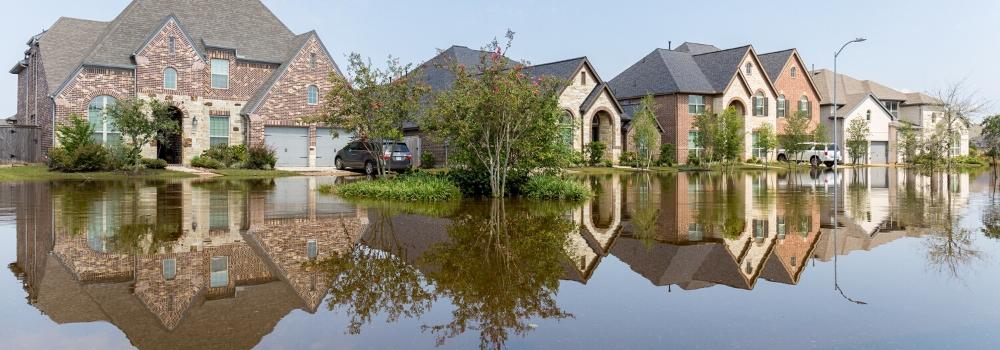
At the end of the day, the three main things you need to remember about all risk insurance claims is that they have to be:
- Sudden.
- Accidental.
- Not specifically excluded from the policy.
What is contractor all risk insurance?
Contractors or construction all risk insurance covers physical loss and damage on site during a construction project. It typically starts and stops on the same days as the project and can be procured to cover:
- Temporary works.
- Existing structures.
- Temporary structures.
- Tools and equipment.
It’s a very specific policy typically used for contractors or home owners with buildings under construction, but it’s not something that home owners would need once they move in.
Is there such a thing as “all risk auto insurance?”
There’s no such thing as “all risk auto insurance,” but you can have the next-best thing by combining comprehensive auto coverage and collision coverage.



